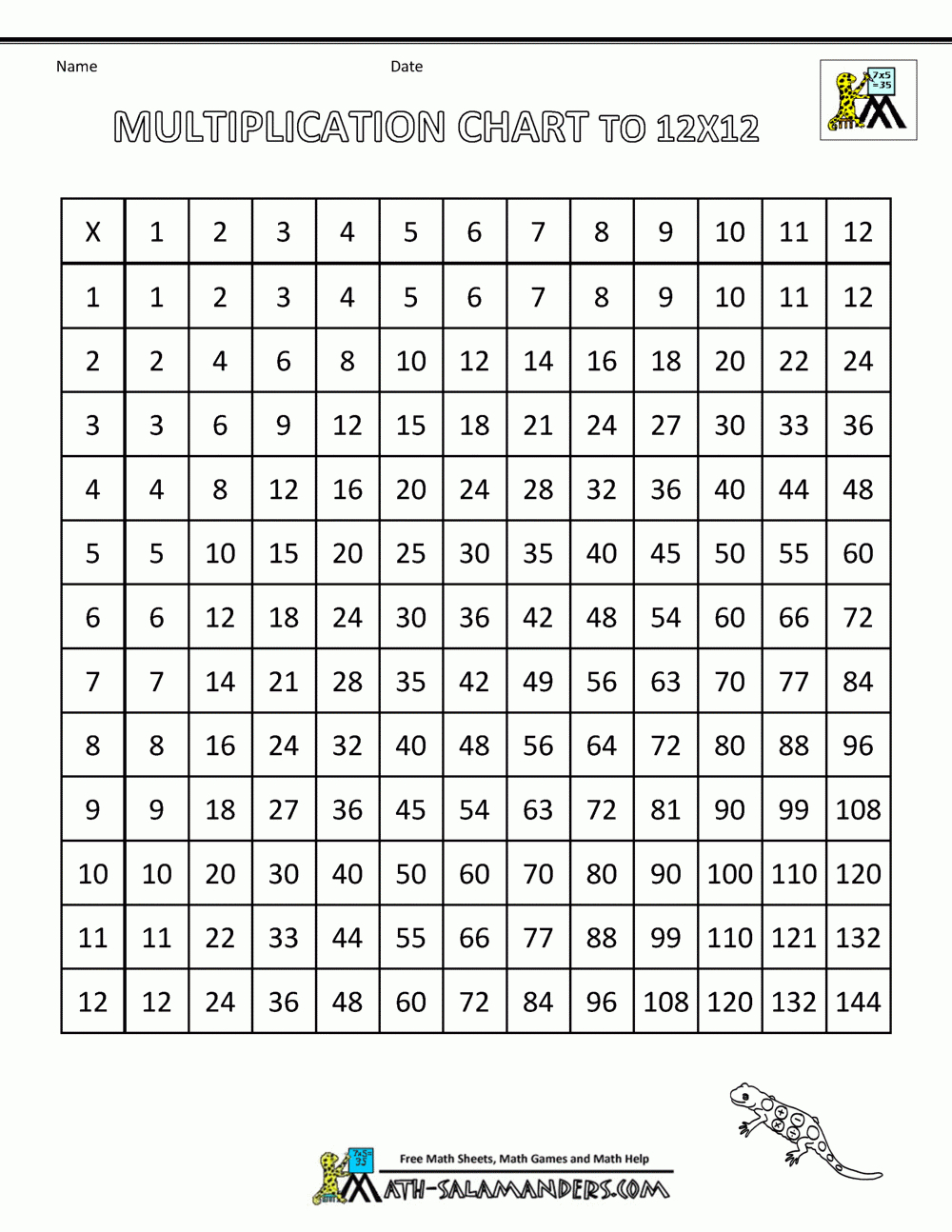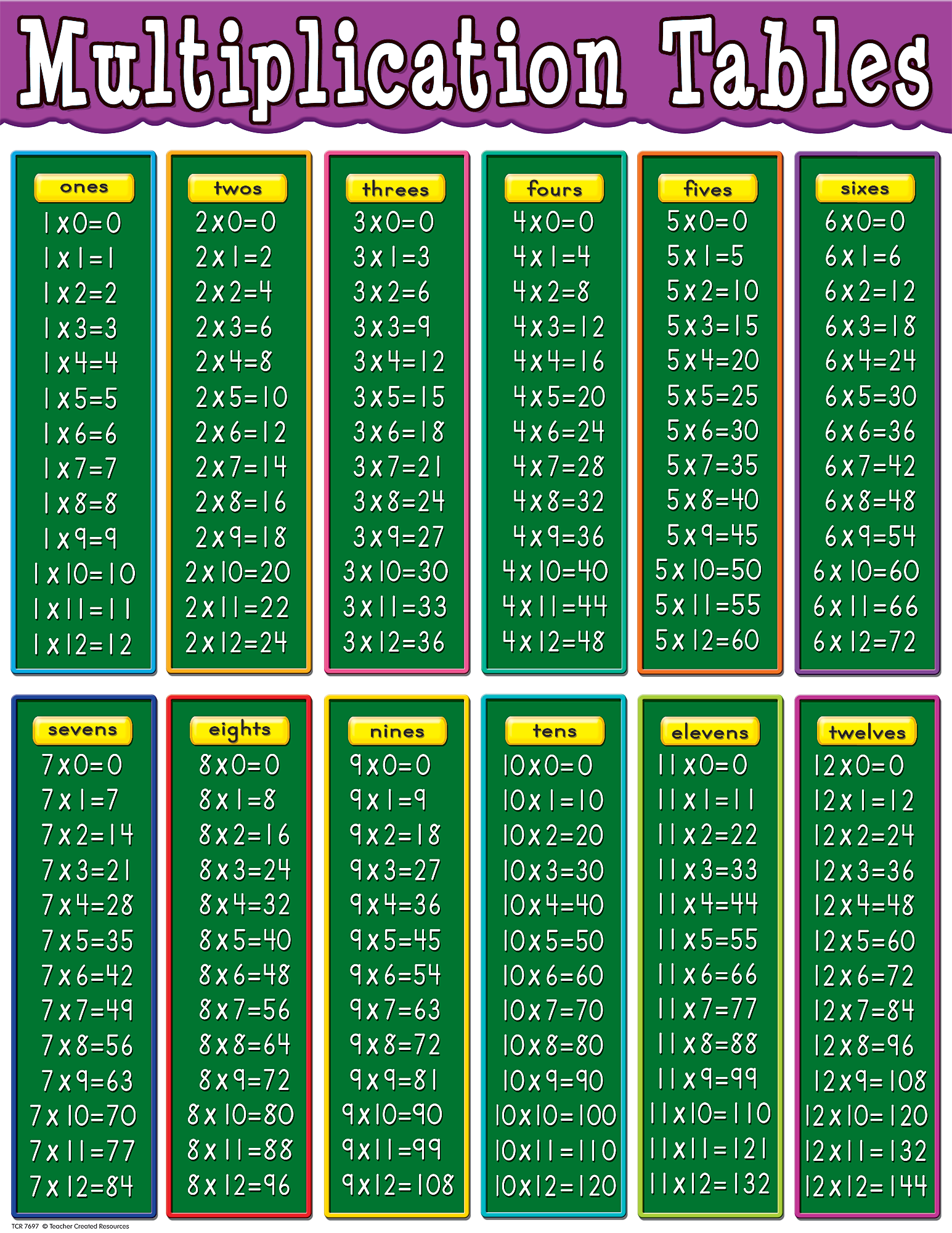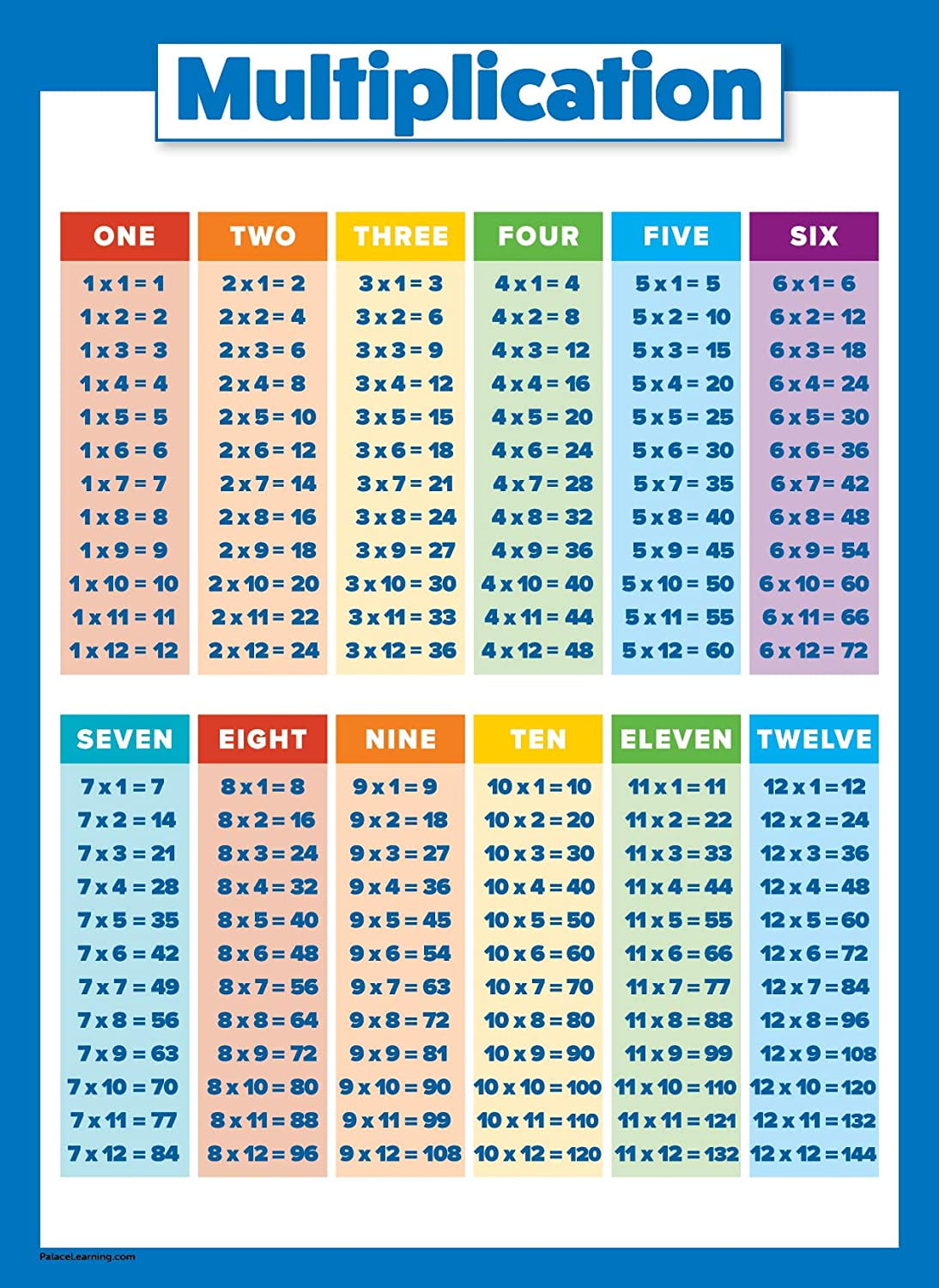
If you have forgotten any answers, just go back to the 'all tables in sequence' page and practise them again thoroughly before trying again. First you can practise the times tables in sequence and once you have got the hang of that you can practise all the sums in random order for each table. Take care to ensure that you only use the chart as a teaching aid – children still need to understand the concept of “X lots of Y”.Choose the table you want to practise from the following.

Teaching times tables can be difficult but, with the right tools and variety of approaches you can make it fun and interesting for your child. A lot of kids would know that 6 x 4 = 24, but if you asked them 4 x 6 they would scratch their heads. For example, 4 x 6 and 6 x 4 both equal 24.

Skip counting is a good math skill for kids to learn – it improves their ability to understand multiplication, plus it gives children the ability to count objects faster (counting objects by two is much faster than counting by one). Skip counting is when you count in increments other than one.For example skip counting by two goes like this: 2, 4, 6, 8, 10, 12, 14, 16, 18, 20.


Remember – committing all the products to memory will take time, it won’t happen in one sitting! Focus on one factor at a time – Stick to one factor and ‘play’ with it until your child becomes familiar with it and its products.Practice makes perfect – when learning a new times table have your child recite the times table from the chart.Times tables can be challenging to learn so here are some suggestions to make it fun and interesting for your child: Visit our multiplication chart 1-100 page for more information on these types of charts >.ĭownload the printable Multiplication Chart to 100 > Using the times tables chart


 0 kommentar(er)
0 kommentar(er)
